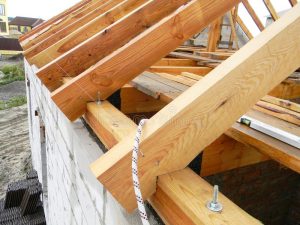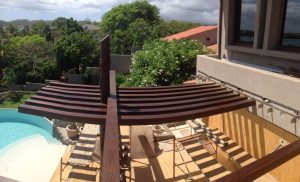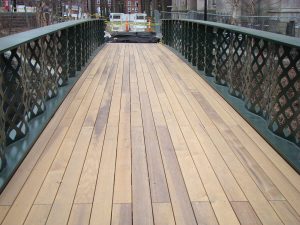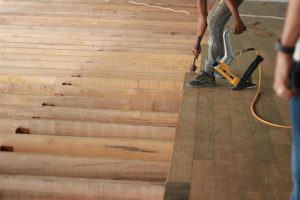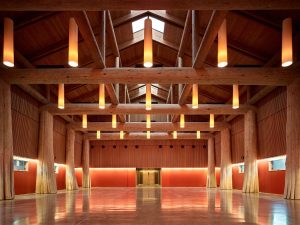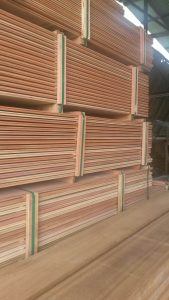Tongue and Groove Hardwood
What Is Tongue and Groove Hardwood Flooring?
Tongue and groove hardwood flooring are very simple to install, where the flooring planks are on the whole fitted with projecting tongue and groove parts that fit together like unique pieces. Every one of the four sides (end matched) of the hardwood flooring planks has tongues and grooves.
Tongue and groove are often installed on joists and sub-floors for example on concrete, plywood, or even tiles where a tight, solid seam is required between separate pieces.
The tongue must fit firmly into the groove of the connecting board to control vertical movement between the connecting boards.
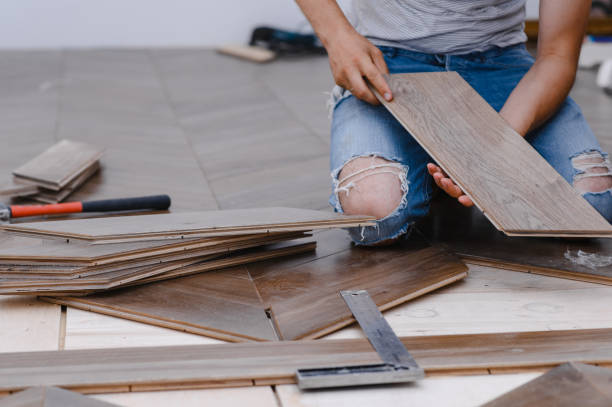
Benefits of Installing Tongue and Groove Hardwood Flooring
Provide steadiness to the flooring
The essential benefit of a tongue and groove joint is its steadiness
Level surfaces get solid help since it offers three strength layers where it joins.
This kind of wood joinery additionally gives a great deal of territory for the application of glue and by extension allows for better bonding of the pieces.
Provide tight seams
Tongue and groove floors provide tight seams, requiring a minimal amount of nailing or gluing to hold the boards together.
Provide water tight end product
With proper finishing (polish), the tongue and groove can also be water-tight. This applies to site-finished flooring, not pre-finished.
Types of Tongue and groove

Groove and Tongue Channel Board

Groove and Tongue Square Edge

Groove and Tongue V-Joint
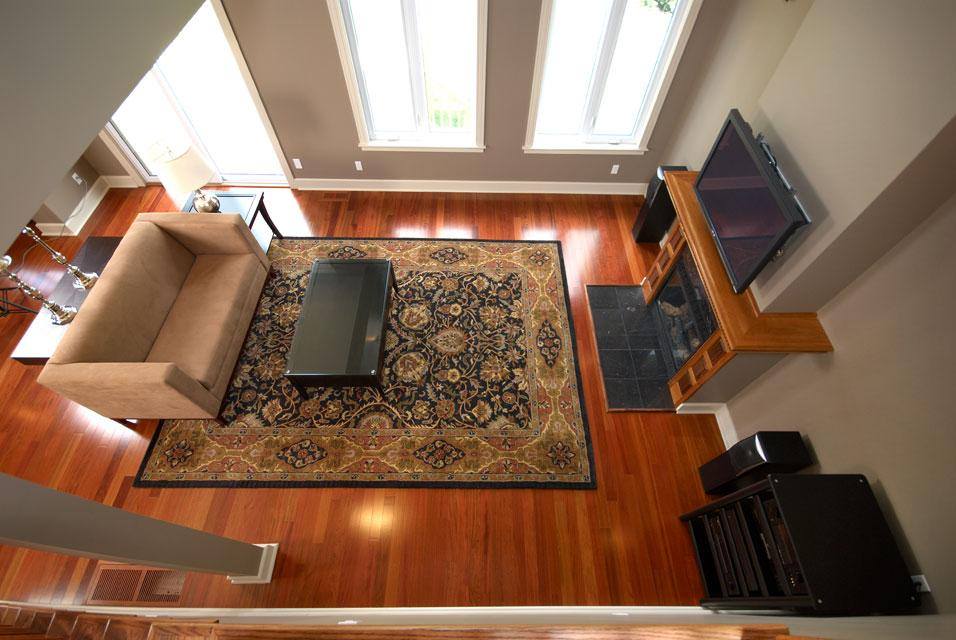
What Is V and channel Joint Flooring and How it is Utilized
V-Joint and Channel board are used for decorative accents either in the ceiling, as feature walls, or as a partition wall. Square Edge on the other hand is used as flooring or anywhere a flat surface is required.

